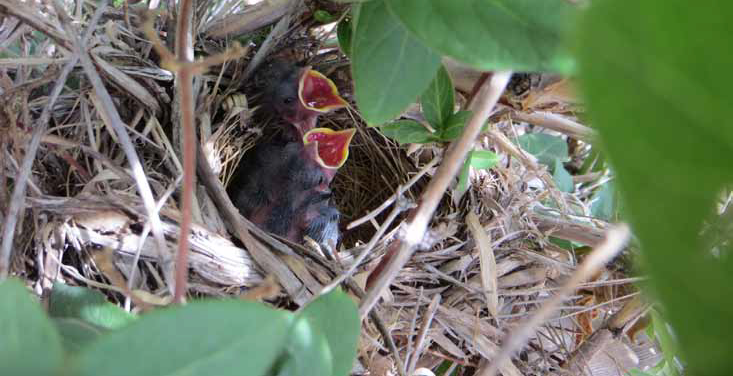They won’t let us alone about the drought. The water company’s bills arrive with clear instructions: I can water three days a week; no washing of cars or patios; no pool, no spa.
All of this is perfectly fine. I’m tired of watching our forests burn. I don’t want to wake to smoke fuzzying up the sun. I hate the new vocabulary of weather reports: Critical fire weather. Red-flag warning.
The biggest hurdle so far is making peace with the bark beetles. Our weakest trees can’t fight these opportunists. But I won’t waste precious water helping the doomed trees, or spray them with nasty chemicals that will sicken us along with birds and bees and other creatures. I understand the experts when they tell us that our juniper-pinyon woodland is transitioning to grassland.
And yet when the ten old, fragrant honeysuckle bushes in the front yard begin to struggle, I forget all about understanding. Not the honeysuckle. Not my survivors. Not these reminders of similar bushes from childhood when I first fell in love with being outside.
I investigate. And it’s bad. There are so few new leaves, and so much dead wood. I research honeysuckle upkeep and the advice comes back every which way: Yes, prune them radically. No, leave them alone entirely.
And then nature intervenes: I see a spotted towhee at the base of one of the honeysuckles, and she has a beak full of stripped bark—nesting material. I watch her make trips deep into one of the honeysuckles, and when she finally flies off, I explore. With so few leaves, I see the new nest right away. Over the next few days, I find three eggs. Soon there are chicks. They survive and fledge.
Without the drought and leaf loss, there would have been no easy nest discovery. And without that discovery, there would have been no chance to cheer for the birds that manage to keep going.
